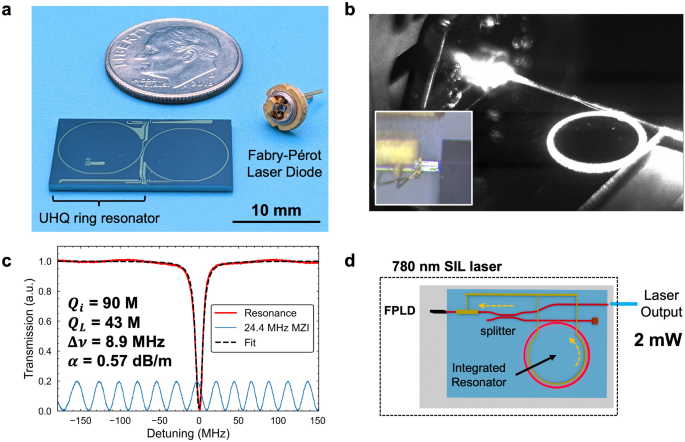Get the latest tech news
MIT’s tiny wireless antennas track heart, brain signals as low as 2.5 millivolts | The antennas scatter light in proportion to the electrical signals they detect, allowing researchers to capture real-time cellular interactions with remarkable accuracy.
The innovation simplifies cellular studies, offering potential advancements in diagnosing conditions like arrhythmia and Alzheimer’s.
Instead of relying on traditional wires, the team designed tiny antennas that convert electrical signals into light, which can be measured using standard optical microscopes commonly found in biology labs. Future plans for the OCEANs include reshaping the antennas to penetrate cell membranes for even more precise measurements and integrating them into nanophotonic devices to enhance light manipulation. To improve biosensing techniques that can aid in diagnosis and treatment, MIT researchers developed tiny, wireless antennas that use light to detect minute electrical signals in liquid environments, which are shown in this rendering.
Or read this on r/technology